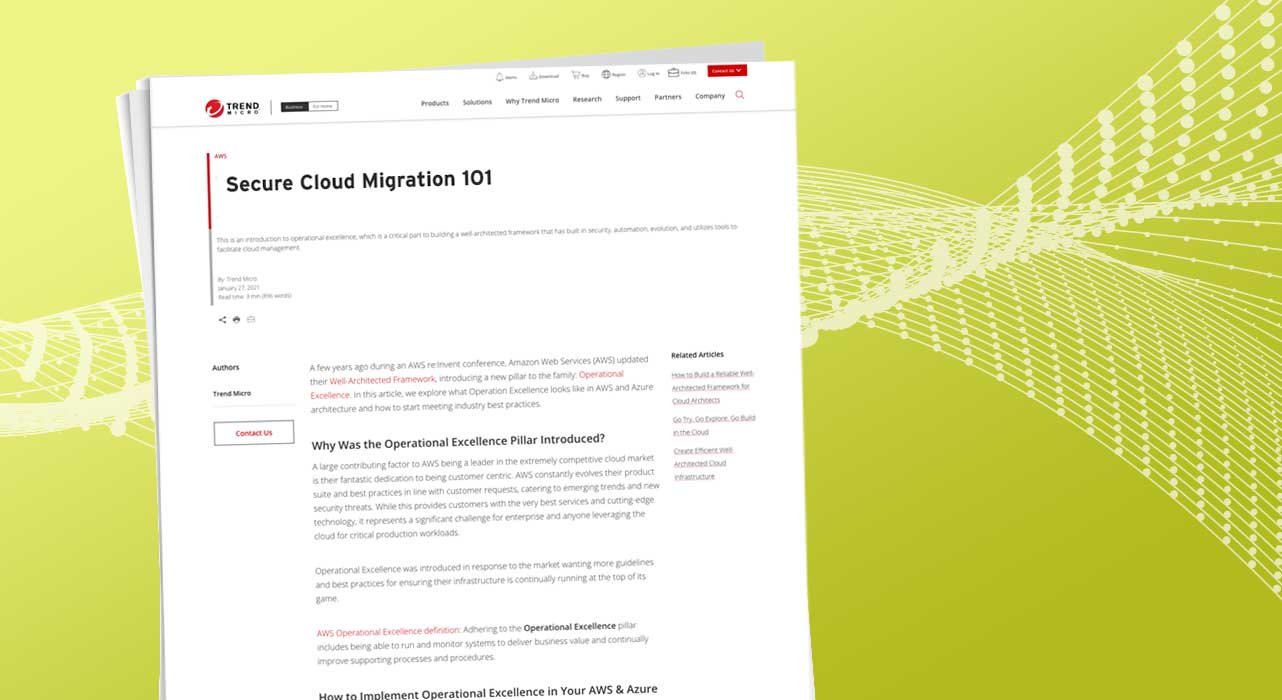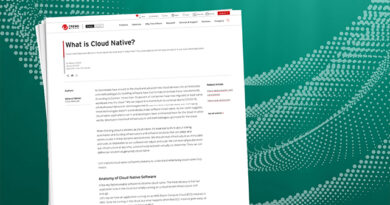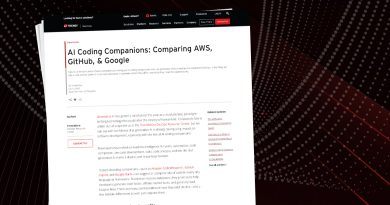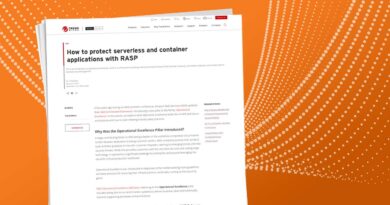Secure Cloud Migration 101 Cloud Security Specialist

Cloud migration is a journey not a destination. Learn the basics of security for making the (gradual) switch so you can get the most out of what the cloud has to offer.
Related articles in the Cloud Migration series:
Think of cloud migration like moving from your childhood home to a new home. On the outset, leaving behind the familiar is difficult, but when you remind yourself about the dream kitchen or big backyard that awaits you, it helps ease the stress. Similarly, organizations may resist the move to the cloud because they finally feel comfortable and in control of their on-premises solutions, but the move is necessary in order to meet business demands and stay relevant.

Like moving homes, migrating to the cloud isn’t a one-day event. You need to plan in advance to make the transition as smooth and safe as possible. You wouldn’t pack up your entire home and leave all your valuables in a truck outside with a sign that says I’M UNLOCKED COME ON IN—so why would you move to the cloud without securing your environment and high-valuable assets first?

All this to say, having a strong security strategy in place can help alleviate a lot of headaches. Let’s start by taking a look at why you should make the move and then how you can do so with security at the forefront.
Benefits
There’s a reason 61% of businesses migrated their workloads to the cloud in 2020—several actually. Here’s five:
- Security: Many cloud offerings were built from the ground up with security as the main priority. Cloud service providers (CSPs) like Amazon Web Services (AWS) and Microsoft Azure™ take care of tougher security issues such as protecting the infrastructure and access to it as part of the shared responsibility model (more on your share later).
- Scalability: The COVID-19 pandemic has spurred new levels of connectedness. This ranges from demands for remote working, online learning and collaboration platforms, quicker shipping and delivery, and even vaccine-related apps. The cloud allows businesses to transform their infrastructure by scaling more easily and quickly and thanks to cloud-native security solutions, security grows with it without having to install and configure multiple point products.
- Cost: Migrating to the cloud pays off. You save money on energy costs, upfront capital costs, and hardware costs. For example, Myers-Briggs Co. reduced its total cost ownership for data storage by at least 50% by moving its data from on-premises to the cloud. Additionally, more than 40% of IT decision makers cited cost-savings as a major driver for cloud-adoption.
- Performance: Ever felt like your systems couldn’t keep up with your pace? The cloud can provide a better user experience due to the fact the data doesn’t have to travel as far from cloud data centers to the users, reducing latency. This is not only great for meeting consumer needs, but for remote employees as well.
- Flexibility: With offices shutting down due to the pandemic, the number of remote US workers increased from 20% to 71% by the end of 2020. With a sudden influx of remote workers, enterprises needed more flexible security to adapt to the circumstances. Greater platform and service flexibility is the most valuable benefits from using multiple public cloud platforms, according to 43% of all enterprise IT leaders surveyed in the IDG Cloud Computing 2020 report.
We could go on and on, but let’s drill into what you really care about—security considerations for the cloud.
How security differs
While the goals for cybersecurity remain the same for on-premises and the cloud, the approaches are different in each environment. You can’t apply the same on-premises security strategy to the cloud and think it’ll work—just like how you can’t use your car keys to unlock the front door.
The most noticeable change in approach to cloud security is the shared responsibility model. We mentioned earlier that CSPs are responsible for the protecting the service, but it’s crucial to remember that you are responsible for the configurations and ensuring whatever data comes in and out is safe. It’s similar to how insurance companies insure the entire home, but that doesn’t mean you can set your living room on fire and not be responsible for the damage.

How to make security easier
Like with all big moves and changes, it’s easy to feel overwhelmed. At this point, you may have more questions than answers. Considering the challenges security teams face today with too many false-positive alerts, limited resources, new vectors for breaches, and more demanding compliance requirements, we understand it’s a big undertaking.

Security isn’t one size fits all, so make sure you consider a vendor that works as a partner to address your specific needs. However, there are important capabilities that will make your migration easier. You need a solution that provides you with:
- Increased visibility across your entire infrastructure: You wouldn’t rely on a front door camera to show you what’s happening in the backyard, so don’t choose a solution that only gives you part of the picture. With more endpoints, access points, and networks to secure than ever before, ensuring that you have total visibility from one single platform is essential. Using a platform solution saves you time trying to put the pieces together by giving you the entire picture at once for faster protection, detection, and response
- Managing compliance: With so many rapidly moving parts and more access points in the cloud, staying on top of compliance is vital in order to avoid fines from GDPR, HIPAA, PCI-DSS, and ensure that apps are secure. Consider a solution that helps address compliance requirements today and for the future
- Automation, automation, automation: Using a security solution that has extensive automation is vital to helping your organization simplify and scale cloud migrations. Automating as much as possible, from routine maintenance tasks to running compliance checks to API integration with other tools in your environment, will reduce the burden on your security team and give you more awareness into real-time threats
Security from a single platform
Think of cybersecurity as the keys to your new home. Without them, you can’t move in. Okay, you could bust through a window, but now raccoons can come through that hole and steal your food. Similarly, you could just abruptly move into the cloud without a cybersecurity plan in place, but you’ve left yourself exposed to malicious actors who could steal your data. With the proper security strategy and solution in hand, you can transition to the cloud smoothly and confidently.

Trend Micro Cloud One™ is a cloud security services platform that provides security at every point of your cloud migration journey and security for hybrid (datacenter and cloud), multi-cloud environments and services. The platform is made up of seven solutions with expert protection that addresses each need:
- Trend Micro Cloud One™ – Workload Security: Runtime protection for virtual, physical, cloud, and container workloads
- Trend Micro Cloud One™ – Container Security: Automated image scanning in your build pipeline
- Trend Micro Cloud One™ – File Storage Security: Security for cloud file and object storage services
- Trend Micro Cloud One™ – Application Security: Security for serverless functions, APIs, and applications
- Trend Micro Cloud One™ – Network Security: Cloud network layer intrusion protection system (IPS) security
- Trend Micro Cloud One™ – Conformity: Cloud security and compliance posture management
- NEW – Trend Micro Cloud One™ – Open Source Security by Snyk: Visibility and monitoring of open source vulnerabilities and license risks
Next steps
You shouldn’t buy a home without seeing it in person first. The same applies for a security solution. See how Trend Micro Cloud One can aid your cloud migration journey with a free 30-day trial.

Tags
sXpIBdPeKzI9PC2p0SWMpUSM2NSxWzPyXTMLlbXmYa0R20xk
Read More HERE




